Montana Movies: "Far and Away"
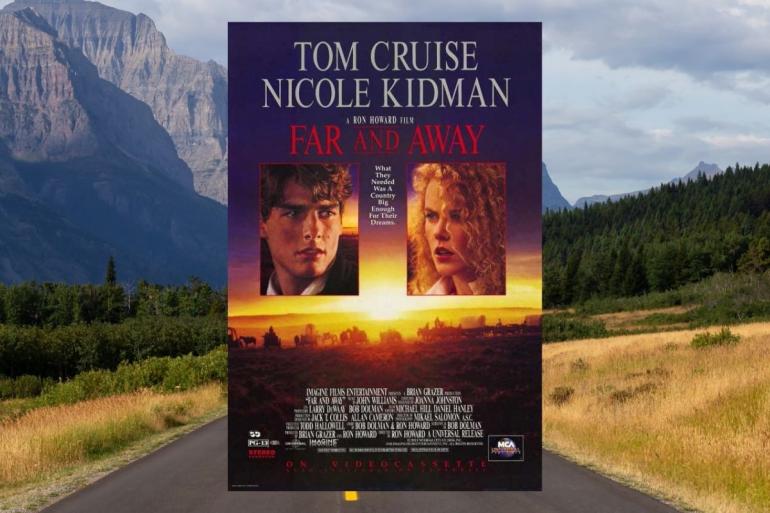
It’s common enough for the Treasure State to be represented on film by other places; it’s somewhat less often that Montana is a stand-in for other locations. One of the most impressive and, paradoxically amusing, examples is Ron Howard’s epic period adventure Far and Away (1992). The film’s third act depicts the Land Run of 1893 in what would eventually become the state of Oklahoma; it was filmed on a ranch outside of Billings, Montana. That a state with some of the most majestic mountains in the world can used to represent a stretch of land flatter than a pancake is a testament to the magic of cinematic invention, or at the very least the ingenuity of location scouts. The film and Montana are also united by the Irish diaspora, though the former’s story isn’t as deep and multifaceted as is the Treasure State’s. If only the screenplay had concluded in Butte! This isn’t to say Far and Away doesn’t have pleasures to offer. There are corny clichés and formulaic beats a-plenty, yes, but if you accept them on their own terms, the film provides some of the enjoyment on offer from a Classic Hollywood epic, and with about the same concern for linguistic accuracy.
The movie opens in Ireland with our young hero Joseph Donnelly (a hot young Tom Cruise in the days before drinking the Scientology Kool-Aid) resolving to avenge his father’s murder at the hands of the evil overseer (Thomas Gibson) who has destroyed their farm in the name of the landlord Daniel Christie( Robert Prosky). Joseph’s mission is foiled by Mr. Christie’s feisty daughter Shannon (Nicole Kidman), who sees Joseph as a useful tool in her plan to leave for America. As almost certain death awaits him, he agrees to accompany her. The bickering young couple, of course masquerading as brother and sister, run into snags upon arrival at Boston, where they take up residence at a local whorehouse and Joseph finds employment as a bare-knuckle boxer (the film’s big boxing scene was filmed at the Billings Depot). Success proves temporary, alas, and second act complications arise to separate the pair just as they’ve begun to finally acknowledge their true feelings for one another. But are they separated forever? Or just until the big conclusion out west?
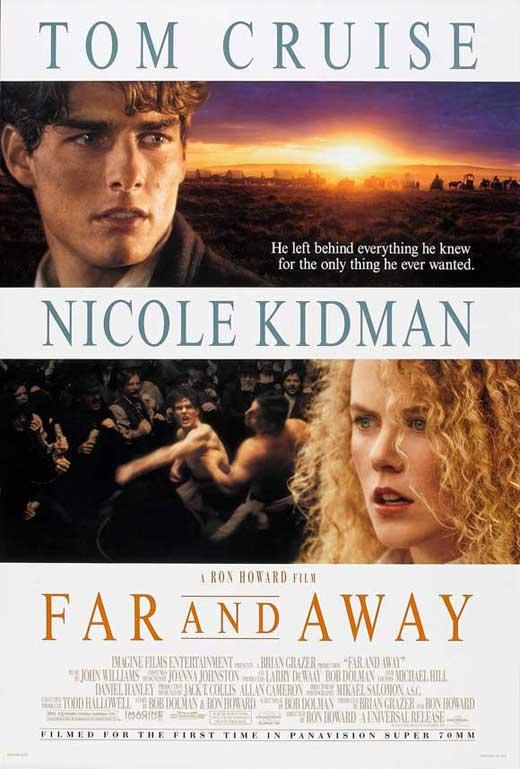
Irish friends have informed me that it is rare for those aren’t from Ireland to correctly reproduce Irish accents; Far and Away is widely cited as a pre-eminent example of poor Irish accents courtesy of Hollywood performers. The bulk of this derision goes to Mr. Cruise, though it ought to be noted that Nicole Kidman’s accent is incongruous as well, albeit better executed in comparison. At the time the story takes place, a wealthy landowner in Ireland would have had an English accent; however, the filmmakers figured this would be confusing for an international audience and elected for her to do a refined late-century Dublin accent instead. But even with the accent issue, sheer star charisma manages to carry the day. Cruise and Kidman, in their second film together after Days of Thunder (1990), have appealing screen presence together; it’s easy to see, twenty nine years on, how they served as an emblematic Hollywood power couple for the better part of the nineties. Those of us who are Nicole fans can also have the pleasure of an early role featuring her natural curly red hair; she’s been presented as a blonde for such a long time in the twenty-first century that it’s refreshing to be reminded otherwise.
The biggest perk in the film’s favor, however, remains the climactic land rush sequence, the grandeur of the Montanan landscape captured by fantastic photography, courtesy of cinematographer Mikael Salomon. Far and Away was the first film since David Lean’s Ryan’s Daughter (1970), another critically dismissed but visually stunning Hollywood Irish story, to be filmed in Super 65 mm format, the film stock associated with old school big screen spectacle (it would not be used again until Kenneth Branagh’s Hamlet in 1996 and again for Paul Thomas Anderson’s The Master in 2012). A huge format called for huge resources. An estimated eight hundred riders and extras, nine hundred horses, mules and oxen, and two hundred wagons were utilized within a quarter-mile wide set outside of Billings for the land rush sequence. One of the wagons tipped over, resulting in a few of the extras receiving broken bones; otherwise, injuries were remarkably avoided.
Three of Ron Howard’s great grandparents participated in the historical land run, which served as the genesis for the film’s story. This also suggests the best frame of mind in which to watch Far and Away: nostalgia, particularly for a past species of Hollywood filmmaking when the stories were simple and broadly drawn and the visual experience was broad and enwrapping. The accents may be phony, but at least the West is real.
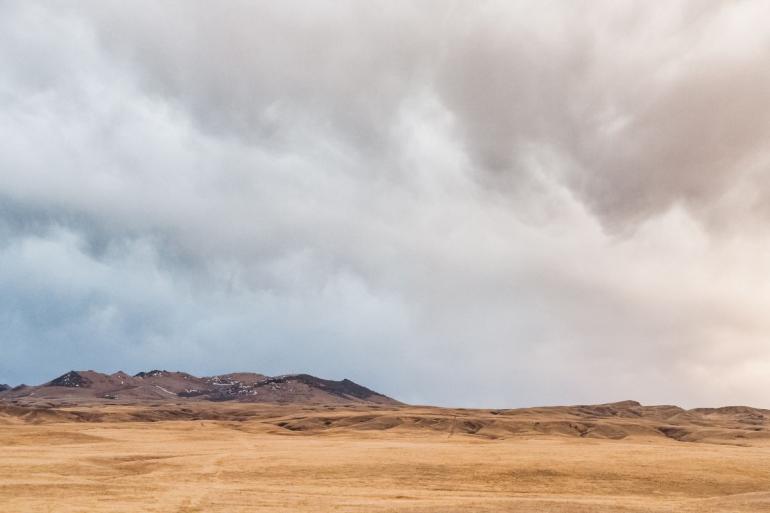
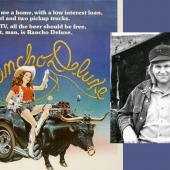
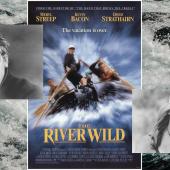
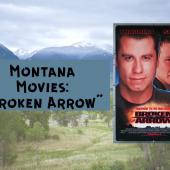
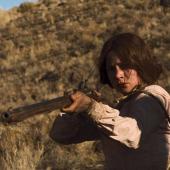
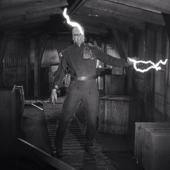
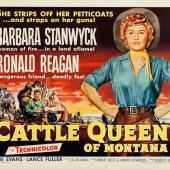
Leave a Comment Here